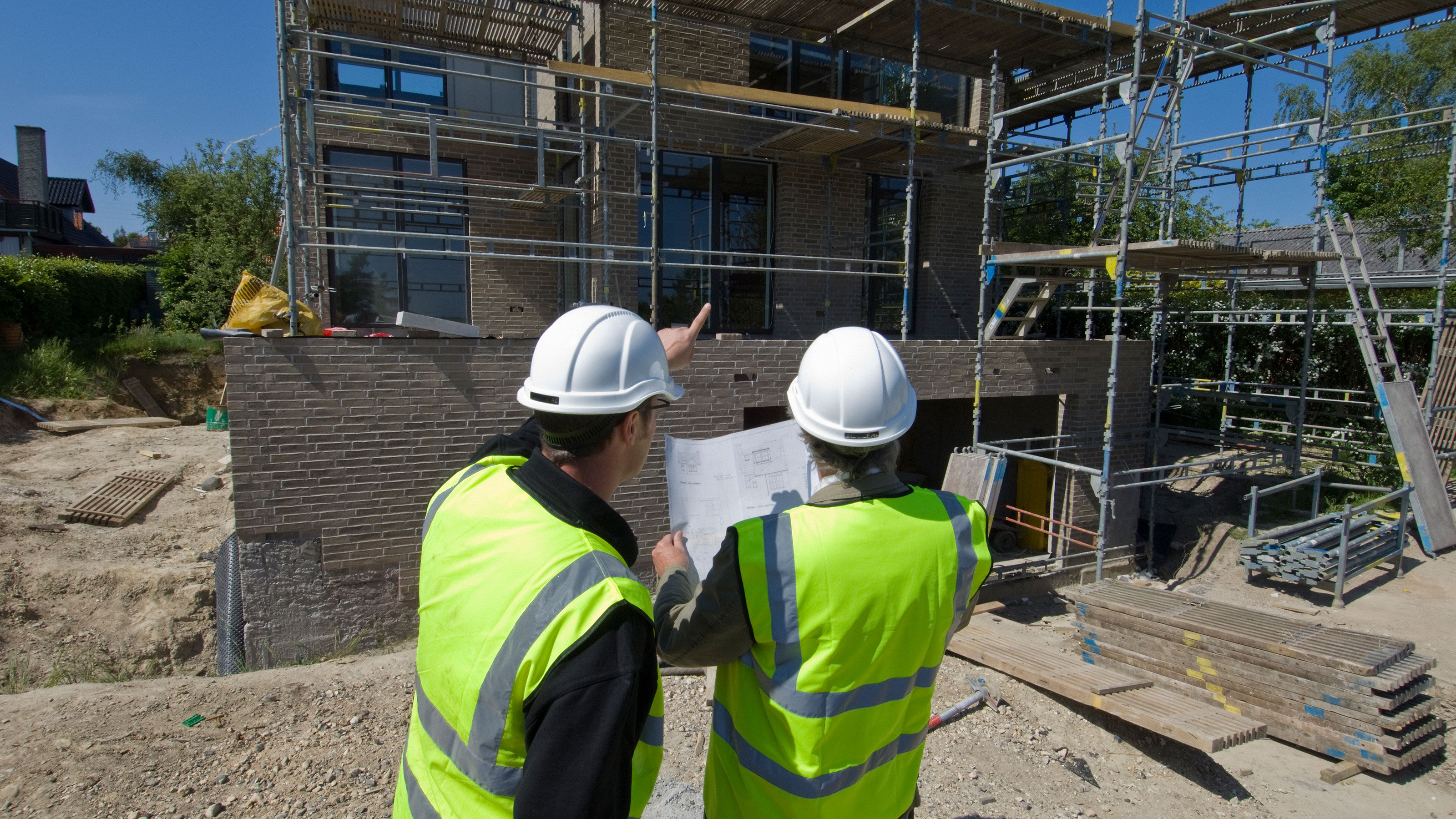These planning reforms are coming in 2025
The government has announced their planning reforms for 2025 and we reveal how they could affect you

The government has unveiled its much-anticipated planning overhaul, focusing on its ambitious target of delivering 1.5 million new homes over the next five years.
The new reforms aim to streamline the planning process and ensure faster approval for a wide range of housing projects.
Here's what you need to know about the planning reforms coming up in 2025 and how it could affect you gaining planning permission for your project.
A revised National Planning Policy Framework
As part of the government’s housing strategy, local councils will be assigned mandatory housing targets. These will be based on available space and existing housing stock. Councils will play a crucial role in meeting the broader target of 370,000 new homes per year.
Key changes in the National Planning Policy Framework (NPPF) include:
- Increased housing targets: Areas with the greatest housing unaffordability and growth potential will see higher housing targets. Councils will be required to maintain and update local plans that suit their communities.
- Greenbelt development: While brownfield sites will remain the priority for development, there will be reviews of greenbelt land and the introduction of "golden rules" for greenbelt developments. Some of this land could be reclassified as "grey belt land" in order to be developed.
- Social rent considerations: Developers will be required to focus more on social rent when building homes, ensuring affordable housing is prioritised for those in need.
- Local plan timetables: Councils will face strict timetables to update and adopt their local plans, with a requirement to set out housing plans covering six years instead of the previous five.
The future of planning committees
The government has also launched a second working paper on planning committee reform.
This document explores various options for delegating planning decisions, particularly for applications that comply with development plans. The goal is to reduce delays and uncertainty in the planning process, encouraging developers to bring forward proposals more quickly.
Bring your dream home to life with expert advice, how to guides and design inspiration. Sign up for our newsletter and get two free tickets to a Homebuilding & Renovating Show near you.
Key changes in the Levelling Up and Regeneration Bill
The Levelling Up and Regeneration Bill introduces significant changes aimed at improving the planning application process for both residents and local authorities.
Former Housing Secretary Michael Gove has emphasised the need to streamline the system and ensure that planning permissions are granted more quickly. Key aspects of the bill include:
- Local design codes: Every local planning authority will be required to create a design code for their area, integrated into local or supplementary plans.
- Street votes: A new "street vote" power allows residents of a street to propose redevelopment plans based on their design preferences. This could give local communities more control over planning decisions, particularly in suburban areas.
- New Infrastructure Levy: This will replace the current Section 106 agreements and allow local authorities to set varying levy rates for different areas, with the aim of encouraging development on brownfield land.
- 'Four-year rule' is set to be scrapped: The current rule, which allows buildings without planning permission to remain after four years, will be replaced with a new ten-year rule.
- Neighbourhood plans: These will be strengthened, giving communities more say in the development of their area, particularly if a plan has been part of the local authority's development for five years.
Additionally, the bill addresses the supply of housing, with a renewed focus on brownfield land and increased flexibility for local authorities to meet national housing targets while considering local circumstances. Green Belt protections will also be reviewed, though the exact changes remain unclear.

Biodiversity Net Gain to continue
Biodiversity Net Gain laws, which were introduced in April 2024 for small sites, will still be required from 2025. These laws require homebuilders to improve rural areas or else face fines.
The law was set to be introduced in January 2024 to make sure that land used for building houses that also serve as a wildlife habitat is left in a better condition than before development.
If a project is expected to cause a loss in habitation or worsen the area's biodiversity then it may be required for homebuilders to purchase biodiversity credits to compensate, or else face having their planning permission refused or revoked.
What else could be introduced?
There could be changes to 'Article 4' directives (planning tool used by councils to restrict certain permitted development rights) following several local councils using 'Article 4' directives to block the extension of bungalows to protect housing supplies for the elderly who need single-story homes.
This could have a significant effect on those looking at building an extension as their Permitted Development rights could now be blocked, forcing them to gain planning permission.
How planning reforms have impacted self builders
In 2021, the government published planning reforms to strengthen requirements on design quality, give local authorities power to reject housing schemes that do not meet the required quality, and make it easier for self builders to secure planning permission if their builds are well designed and use high-quality materials.
The National Model Design Code (NMDC) includes references to custom and self build, with accompanying guidance underlying how design codes can encourage self build and custom build developments.
The Future Homes Standard, set to be introduced in 2025, will bring building regulation changes to require newly built homes to 75%-80% less carbon emissions than previously built homes in order to help the government meet its net zero targets.
The government’s planning reforms are a critical part of its strategy to tackle the housing crisis in the UK.
With ambitious targets set and significant changes to the planning process, the industry will need to work collaboratively to ensure that these reforms are implemented effectively, leading to the creation of much-needed homes for the country.

News Editor Joseph has previously written for Today’s Media and Chambers & Partners, focusing on news for conveyancers and industry professionals. Joseph has just started his own self build project, building his own home on his family’s farm with planning permission for a timber frame, three-bedroom house in a one-acre field. The foundation work has already begun and he hopes to have the home built in the next year. Prior to this he renovated his family's home as well as doing several DIY projects, including installing a shower, building sheds, and livestock fences and shelters for the farm’s animals. Outside of homebuilding, Joseph loves rugby and has written for Rugby World, the world’s largest rugby magazine.
